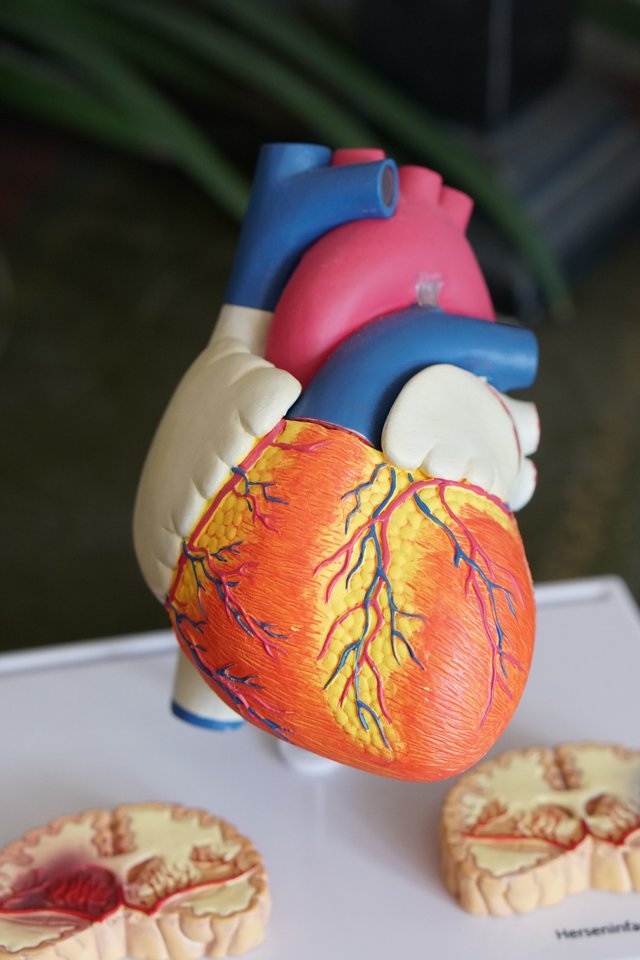
Environmental:-
One of the most vital ways to help protect human health is through action that saves energy and water. As a result, by reducing waste, people will also have less carbon emissions which ultimately helps reduce pollution. For example, the globally recycled plastic bottles produced from the Japanese Plastic Waste & Recycling plant in Tokyo, for example have made a significant reduction in air and water pollution. Similarly, the overall energy that is used by the company, compared to the indirect consumption of energy from its raw materials.

Moves Made by the Company:-
Throughout its history, Nike has aimed to reduce the environmental pollution associated with energy use and waste production. To this end, the company has obtained licensing agreements with four national organizations, including the European Union’s Greenhouse Gas Protocol and the International Labor Organization to assist in controlling greenhouse gases and reducing carbon emissions. Recently, Nike has also signed the Danish Coronavirus Recovery Fund Agreement to prevent the release of virus-laden plastic back into the ocean. The aim of this agreement is to reduce non-biodegradable waste, including plastic and aluminium. These environmentally friendly practices appear to be helping the company greatly in terms of human health.

Management Practices:-
As with many industries, Nike has implemented various management practices that improve the level of production quality and the level of measurement of social, environmental, and political conditions in a successful manner. To continue this practice, Nike has adopted the concepts of open management, social transparency, diversity and inclusion, support for the larger community, accountability, and fast decision-making. Nike has developed such practices in a way that the company stays ahead of all the possible external and internal challenges that might arise as the company grows larger. Such practices have further helped Nike to better integrate both manufacturing methods and society. As a result, it can be argued that Nike has saved the lives of the many people in developing countries.

Other Companies:-
Nike has contributed a considerable amount to higher environmental and social standards not only among its shareholders, but also among its workers. The mass production of activewear can be considered to be a natural resource exhaust. Nike’s supply chain includes three main steps; sourcing, manufacturing, and sales. The activities of the production stage have been highly responsible and sustainable over the last three decades. For example, as the company continues producing products, the maximum amount of water is saved through the use of sustainable and eco-friendly practices such as recycling. Nike also recycles all the plastics that are removed from a plastic being the first company to do so. In addition, Nike is not just reducing its plastic waste and creating recycling centers; it is also donating various materials from the finished products to disadvantaged communities that have a real need in the materials.